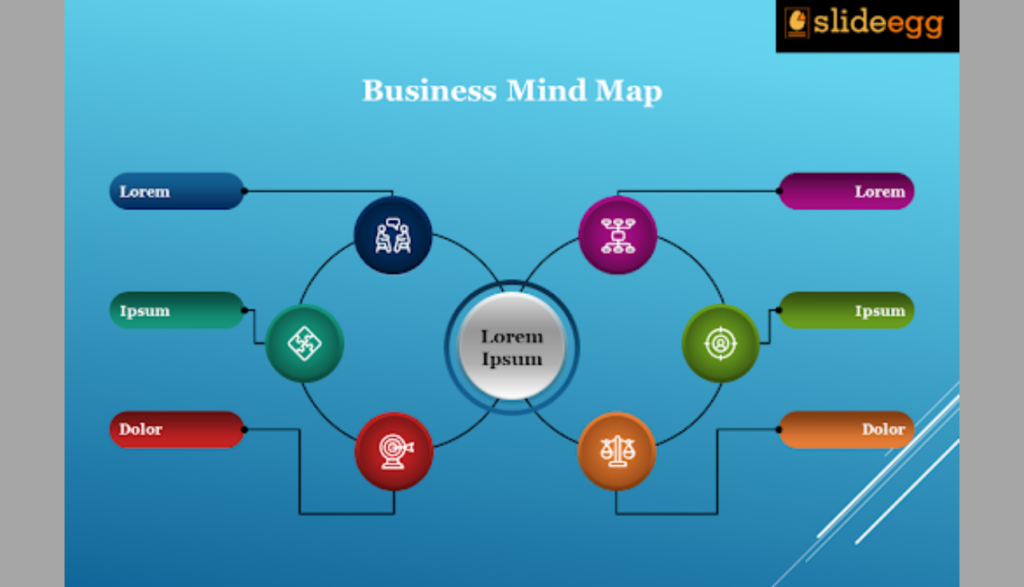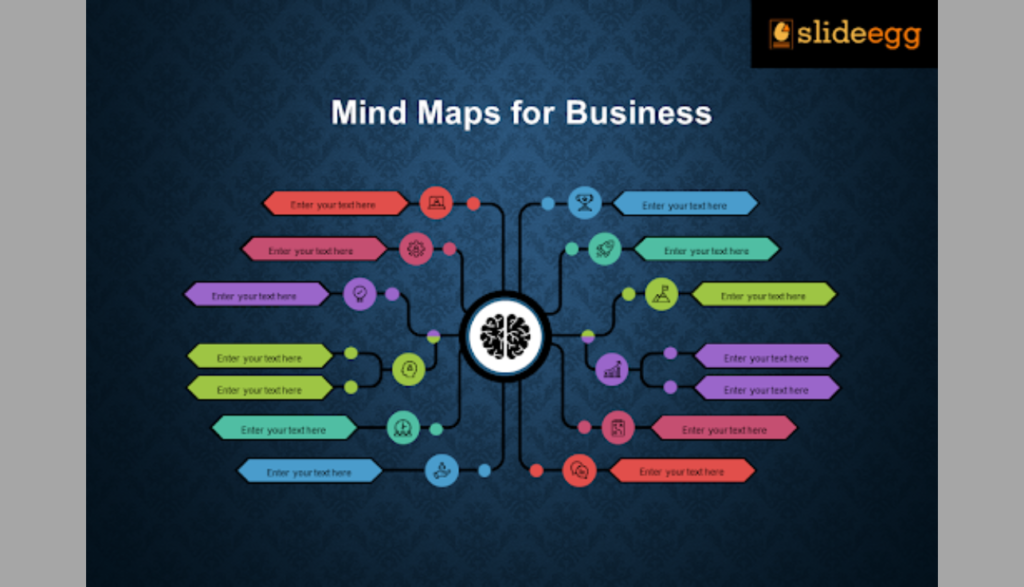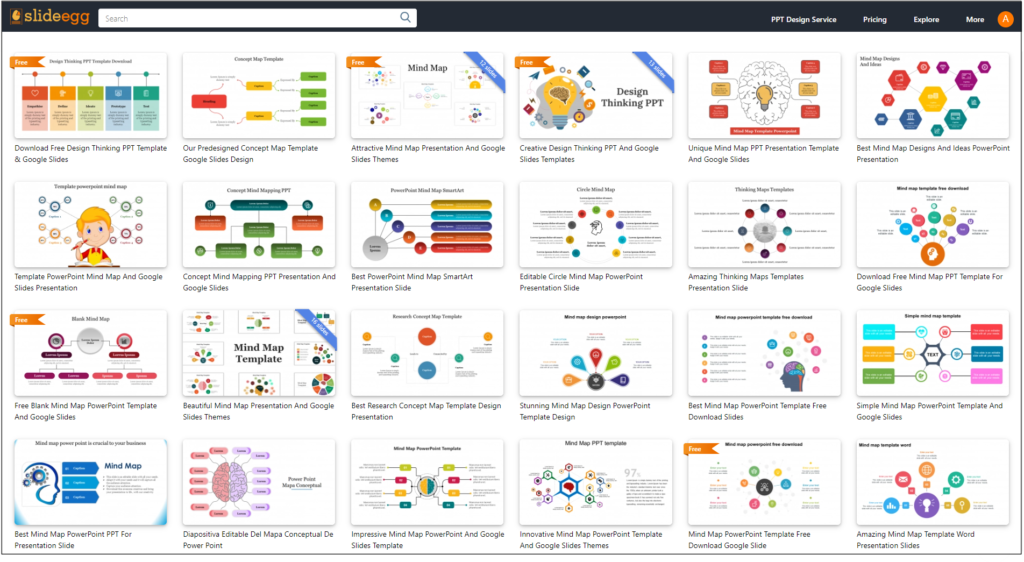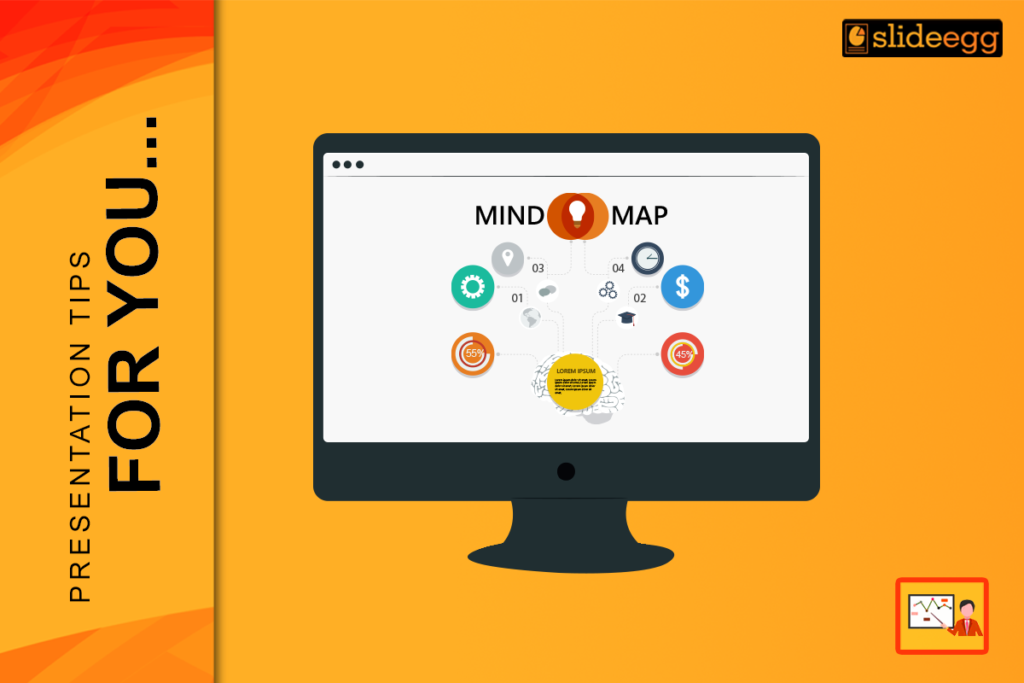When it comes to business presentations, capturing and maintaining the audience’s attention can be a daunting task. One effective tool that has gained popularity over the years is the mind map. Mind maps, with their visual and structured format, can transform your presentations from monotonous lectures into engaging, informative sessions. Let’s explore how mind maps play a major role in business presentations.
What is a Mind Map?
A mind map is a visual representation of information that starts with a central idea and branches out into related topics and subtopics. Think of it as a tree: the main idea is the trunk, and the branches represent different aspects or components of that idea. This format is visually appealing and also helps in organizing thoughts clearly and logically.
The Role of Mind Maps in Business Presentations

1. Enhancing Clarity and Understanding
One of the primary benefits of using mind maps in business presentations is that they enhance clarity and understanding. Unlike linear text, which can be dense and hard to follow, mind maps present information in a way that is easy to digest. The hierarchical structure allows the audience to see the main idea and how various points connect to it. For example, if you’re presenting a business strategy, the central node could be the strategy itself, with branches representing goals, timelines, resources, and key performance indicators. This visual breakdown helps the audience grasp complex concepts quickly and clearly.
2. Facilitating Better Organization
Mind maps allow presenters to organize their thoughts more effectively. When preparing for a presentation, it’s easy to get lost in a sea of information. Mind maps help in structuring this information logically. By laying out your ideas visually, you can see the big picture and the finer details simultaneously. This makes it easier to decide what to include in your presentation and how to sequence the information for maximum impact.
3. Boosting Creativity and Engagement
Mind maps are not just about organization; they also boost creativity and engagement. The visual and nonlinear nature of mind maps encourages creative thinking. Presenters can use colors, images, and symbols to make their mind maps more engaging. During a presentation, a colorful and well-structured mind map can capture the audience’s attention far more effectively than plain text slides. This visual stimulation keeps the audience engaged and makes the presentation more memorable.
4. Improving Recall and Retention
Information presented in a mind map is easier to remember and recall. The human brain is wired to recognize and remember patterns, and mind maps leverage this by presenting information in a structured, visually appealing format. For business presentations, this means that your audience is more likely to remember the key points of your presentation long after it’s over. This can be particularly beneficial when you’re trying to persuade stakeholders or convey important information to your team.
5. Encouraging Interactive Presentations
Mind maps can transform a passive presentation into an interactive session. For instance, you can use a mind map to facilitate a brainstorming session with your team. By starting with a central idea and inviting input to add branches, you create a collaborative environment where everyone’s ideas are visualized and considered. This interactivity not only makes the presentation more dynamic but also fosters a sense of ownership and involvement among the participants.
6. Aiding in Problem Solving
Business presentations often involve problem-solving. Whether you’re addressing a current challenge or planning for future projects, mind maps can help. By mapping out the problem and exploring different aspects visually, you can identify root causes and potential solutions more effectively. Mind maps allow you to break down complex problems into manageable parts, making it easier to analyze each component and develop a comprehensive solution.
7. Supporting Decision Making
In business, decisions often need to be made quickly and based on clear, concise information. Mind maps can aid in this process by presenting information in a way that is easy to review and understand. When you present a mind map, decision-makers can see all relevant information at a glance, which helps in weighing options and making informed choices. This visual summary can be particularly useful in meetings where time is limited.
How to Present Mind Maps?

1. Choose the Right Tools
There are various tools available for creating mind maps, both digital and analog. Software like MindMeister, XMind, and even Microsoft’s own PowerPoint have mind-mapping capabilities. Choose the right tool that you are convenient with and that meets your needs.
2. Start with the Central Idea
Begin your mind map with the central idea or topic of your presentation. This should be prominently displayed at the center of your map. From here, branch out to main topics, and then further divide those into subtopics.
3. Use Visual Elements
Incorporate colors, images, and symbols to make your mind map visually appealing. Different colors can represent different themes or sections, making it easier for your audience to follow along.
4. Keep It Simple
While it’s tempting to add a lot of detail, simplicity is key. Too much information can overwhelm your audience. Stick to key points and use the mind map as a guide rather than a script.
5. Engage Your Audience
Invite your audience to interact with the mind map. This could be through asking questions, inviting suggestions, or even allowing them to contribute to the map in real time if the format allows.
6. Practice Your Presentation
As with any presentation, practice is crucial. Familiarize yourself with the flow of the mind map and ensure you can transition smoothly between points. This will help you deliver your presentation confidently and coherently.
Premade Mind Map Presentation Templates

If you’re short on time or don’t feel confident creating a mind map from scratch, there are many premade mind map templates available online. These templates can provide a strong foundation for your presentation and can be easily customized to fit your specific needs.
Conclusion
Mind maps are a powerful tool for business presentations. They enhance clarity, improve organization, boost creativity, and make information easier to remember. By presenting information in a visual and structured way, mind maps can transform your presentations from dull to engaging. So next time you’re preparing for a business presentation, consider using a mind map to capture and maintain your audience’s attention. Also, try free business PowerPoint templates available online for quick presentations!







